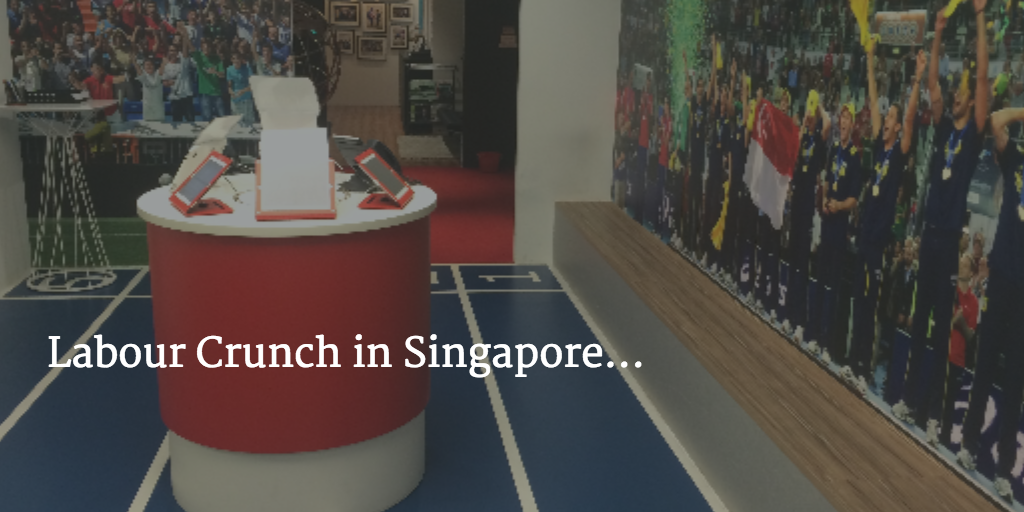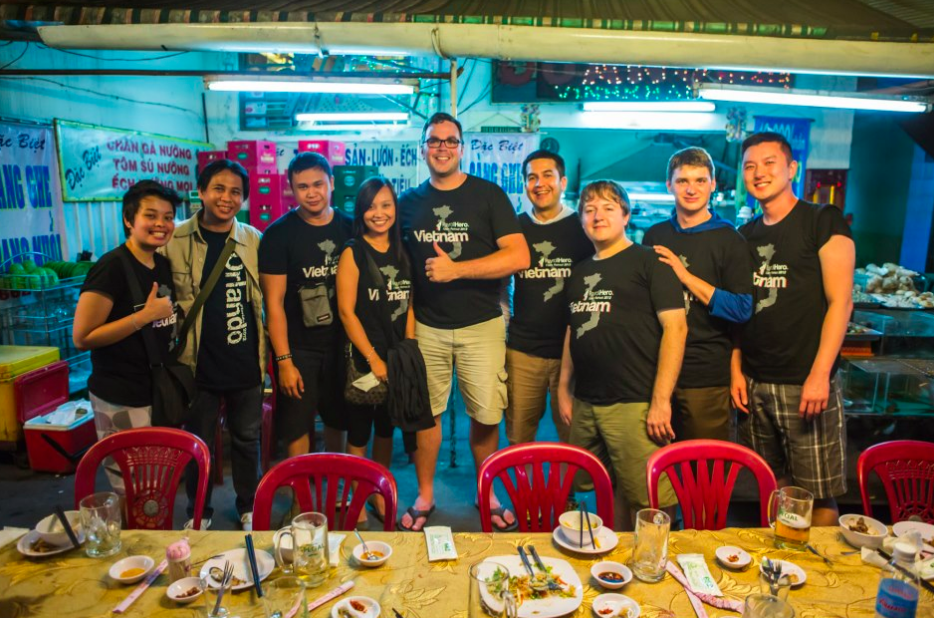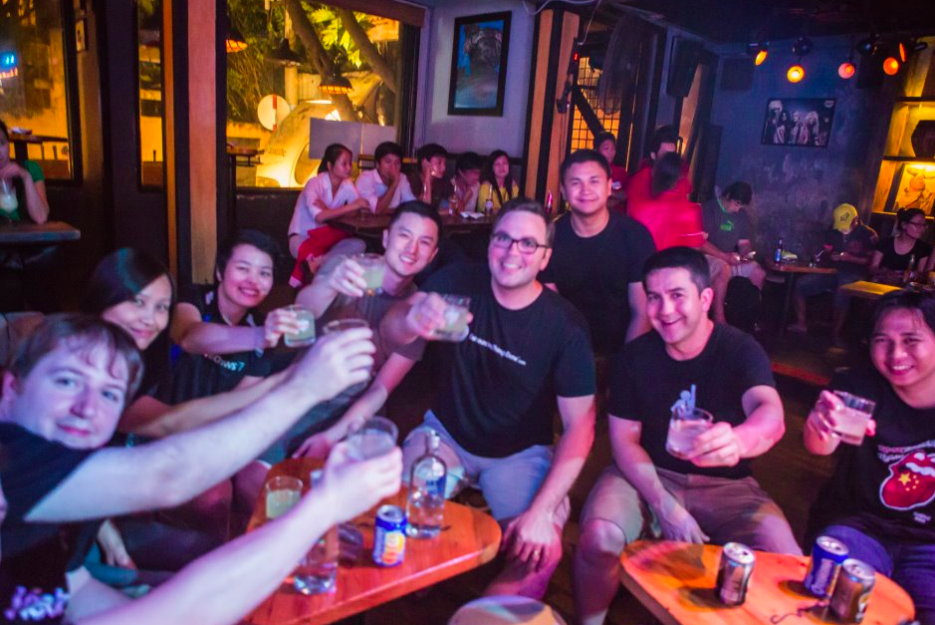 Today, there are a mind boggling number of channels to use while searching for the best candidate to join your team. In Singapore, the number one channel for recruiters to hire employees is through an online jobs portal. The other Southeast Asian nations are catching up to the trend. Which means, not only do you have to post in multiple online portals, you also have to stand out from every other company in your industry because everyone is using the most popular channel. We want to help you with that. Here we have a list of jobs portals, both conventional and specialized, for restaurant and retail owners to recruit staff.
Today, there are a mind boggling number of channels to use while searching for the best candidate to join your team. In Singapore, the number one channel for recruiters to hire employees is through an online jobs portal. The other Southeast Asian nations are catching up to the trend. Which means, not only do you have to post in multiple online portals, you also have to stand out from every other company in your industry because everyone is using the most popular channel. We want to help you with that. Here we have a list of jobs portals, both conventional and specialized, for restaurant and retail owners to recruit staff.
Recruitasia: This website is devoted to the hospitality sector in Singapore. This is a great site for very specific roles for your establishment. It also provides industry news so that you can stay ahead of the curve when you are recruiting. Currently, the website is in beta stage. During this stage, jobs can be posted free of charge while the website is adding new features and receiving customer feedback to improve their application procedure.
JobsDB: This website runs ads in many Southeast Asian countries: Singapore, Indonesia, the Philippines, Thailand and China. In Singapore, it currently has 300 positions posted on the website under F&B. In the Philippines, the site features 960 positions. Every recruiting ad costs SGD 99. However, JobsDB is turning over all Job ads to JobStreet.com.ph in order to streamline the two recruiting sites into one.
JobStreet.com: JobStreet runs in Singapore, the Philippines, Malaysia, Indonesia and Vietnam. Currently, the Singapore site is featuring approximately 800 vacant positions in the F&B industry.This is the largest recruitment website in the Philippines and one you cannot miss while posting ads. The Philippine website is currently running a promo package that is 40% off the standard price (the standard price being PHP 5,600). The Singapore website runs 3 packages, based on number of ads you want to post and how long you want them to stay live. The price ranges between SGD 180 to SGD 400.
 Kalibrr: This startup recruitment website works on a completely different pricing strategy. Instead of charging employers per ad, the ads are free and the database is open for employers to find their best candidate. They are charged a minimal fee of PHP 50 only when they want to contact the candidate. This company is becoming increasingly popular in the Philippines with around 1000 applicants signing up every day. Kalibrr features restaurants and retail as the most popular searches. (Disclosure, both Mike Stephenson and Stephen Jagger of PayrollHero are investors in Kalibrr)
Kalibrr: This startup recruitment website works on a completely different pricing strategy. Instead of charging employers per ad, the ads are free and the database is open for employers to find their best candidate. They are charged a minimal fee of PHP 50 only when they want to contact the candidate. This company is becoming increasingly popular in the Philippines with around 1000 applicants signing up every day. Kalibrr features restaurants and retail as the most popular searches. (Disclosure, both Mike Stephenson and Stephen Jagger of PayrollHero are investors in Kalibrr)
These four are a few of the most popular recruiting website in Southeast Asia. We hope this list is useful and do let us know if you have any additions to the list that are unconventional or special to the retail or restaurant industries.


 The F&B sector is facing a labour crunch. Restaurants are turning away diners even though they have empty tables because they are understaffed. This has been a problem in Singapore, but never more serious than now. Singapore’s unemployment rate is at a stunning 1.9%. The turnover rate in the F&B business is the
The F&B sector is facing a labour crunch. Restaurants are turning away diners even though they have empty tables because they are understaffed. This has been a problem in Singapore, but never more serious than now. Singapore’s unemployment rate is at a stunning 1.9%. The turnover rate in the F&B business is the  I am an intern at PayrollHero. Today marks the second day of my internship. I have been studying in a university in Singapore over the last two years. The importance of internships cannot be stressed enough to a college student. Universities even have an internship requirement that must be completed in order to graduate. So it is worth exploring how this works and what both parties, the intern and the company are required to do.
I am an intern at PayrollHero. Today marks the second day of my internship. I have been studying in a university in Singapore over the last two years. The importance of internships cannot be stressed enough to a college student. Universities even have an internship requirement that must be completed in order to graduate. So it is worth exploring how this works and what both parties, the intern and the company are required to do.


 (Bram Whillock on Whistler mountain ~
(Bram Whillock on Whistler mountain ~

 (Vince Paca in Cebu, Philippines)
(Vince Paca in Cebu, Philippines) (Michael Stephenson and Adam Baechler in Singapore)
(Michael Stephenson and Adam Baechler in Singapore)


